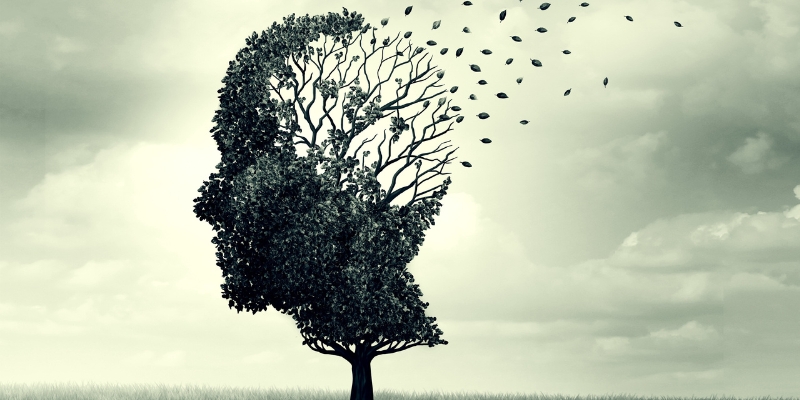Can a cello feel? Does it respond to the player who coaxes sounds out of it? Does it mind being dragged through snow, sold on, abandoned, burnt, broken, drowned? The world’s “most famous shipwrecked cello” is the “Mara” Stradivari (named for its first recorded owner, Johann Baptist Mara), made in 1711 and “lost” in 1963, when a steamer carrying the Trieste Piano Trio sank in fog on the River Plate. The cello was later recovered from the water and painstakingly reconstructed. (It is now played by the Swiss cellist Christian Poltéra.)
In Cello: A journey through silence to sound, Kate Kennedy pieces together stories of what happened to people and their cellos from written records, interviews with descendants and personal reflections. As a cellist herself, with an interrupted relationship to her instrument – injury forced her to moderate her ambitions – she is the restless analyst of her lifelong passion, making her way from Oxford to Paris, Toulouse, Cremona, Trieste, Berlin, Wrocław and Kaunas with her instrument in tow.
At one point she has to run for a train with her cello on her back, but her exertions are as nothing compared to those of Lise Cristiani, who crossed the Urals in 1848, gave a concert in Ekaterinburg, then trekked across Russia through Siberia to the Pacific coast. She went by sled, cart, carriage, horse, on foot and aboard ship, accompanied everywhere by “Monseigneur Stradivarius, my noble spouse”, wrapped in wolfskin. “Never”, she wrote, “has a violincello of such noble lineage found itself [on] such an adventure.” Cristiani died in 1853, aged twenty-six, having arrived at Novocherkassk, in the Caucasus, at the same time as an outbreak of cholera. It is not known where she is buried, but the French ambassador arranged for her cello to be sent home and it is now on display in a museum in Cremona, in a glass “prison”, protected and rarely played.
Pál Hermann’s instrument, made by Gennaro Gagliano, fared less well. It was left in a room in Toulouse when its owner, “one of the greatest cellists of his generation”, was seized by the Nazis in April 1944. Hermann had managed to live quietly in the south of France for two years, under an alias, scratching a living as a teacher. A Hungarian Jew, he was also a composer and had toured internationally, but his compositions were not published and his life and career have been “almost completely erased”.
Hermann was sent to his death in Lithuania by way of Drancy and Auschwitz. The Gestapo locked the door to his apartment, protecting possessions they planned to loot, but the musician’s relations rescued his cello. After that it was lost again, and Kennedy goes in search of it. It isn’t just a metaphor, she argues, to say that instruments are shaped by their players: “If I can find the missing Gagliano cello, I can find something of Pál Hermann”.
These different searches are sociable affairs. Kennedy brings together historical figures who were not connected to each other, but around whom a community collects when she sets off to find them. As a device for life writing, the motif of the retrodden journey might be a little tired, but it is well revived here. Now and then people, seeing the cello, ask Kennedy to play, and she does, not only in concert halls, but also on the street: for a cleaner mopping a courtyard in Paris and for an old man who asks her what she’s doing at Drancy, the former internment camp in northern Paris where some 67,500 French, Polish and German Jews were held before being sent to Auschwitz. She tells him, sits on the iron steps of a cattle truck and plays several bars of Hermann’s cello concerto. “It echoes around the concrete buildings. I don’t think my cello has ever sounded so mournful, or so alone.”
Anita Lasker-Wallfisch (born in 1925) survived Auschwitz and Bergen-Belsen because she was an exceptional young cellist. The women’s orchestra, conducted by Mahler’s niece Alma Rosé (who did not survive), were required to play marching tunes to keep up the pace when the starving prisoners set off on their long working days and staggered back again.
Lasker-Wallfisch went on to have a distinguished career and Kennedy interviews her, pursuing her interest in players’ relationship to their instrument. She imagines finding Lasker-Wallfisch’s lost Ventapane cello and asks if that would be a welcome discovery. The cello was, after all, “the one surviving member of her family”. No, she is told. That was a different life. Nor is it comfortable to be reminded that the cello had a better chance of survival than Lasker-Wallfisch’s parents, who dug their own graves and were shot beside them. Lasker-Wallfisch, a nonagenarian chain-smoker, recalls visiting Auschwitz when it was a museum, lighting up a cigarette and being told to put it out. She refused.
This lively, likeable and very sad book is structured as a series of movements and interludes. Hold it closed at eye level and the reader will see that the pages are layered and striped, an effect achieved by the use of grey paper. The stripes suggest sheet music and the layering warns us that stories are built on other stories. Also, that stories change. Neither silence nor sound is absolute; the passage from one to the other is what matters.
Norma Clarke is Emeritus Professor of English Literature at Kingston University. Her most recent book is a family memoir, Not Speaking, 2019
The post Strings of her heart appeared first on TLS.

 By Times Literary Supplement | Created at 2024-11-14 02:17:54 | Updated at 2024-11-21 15:00:11
1 week ago
By Times Literary Supplement | Created at 2024-11-14 02:17:54 | Updated at 2024-11-21 15:00:11
1 week ago








